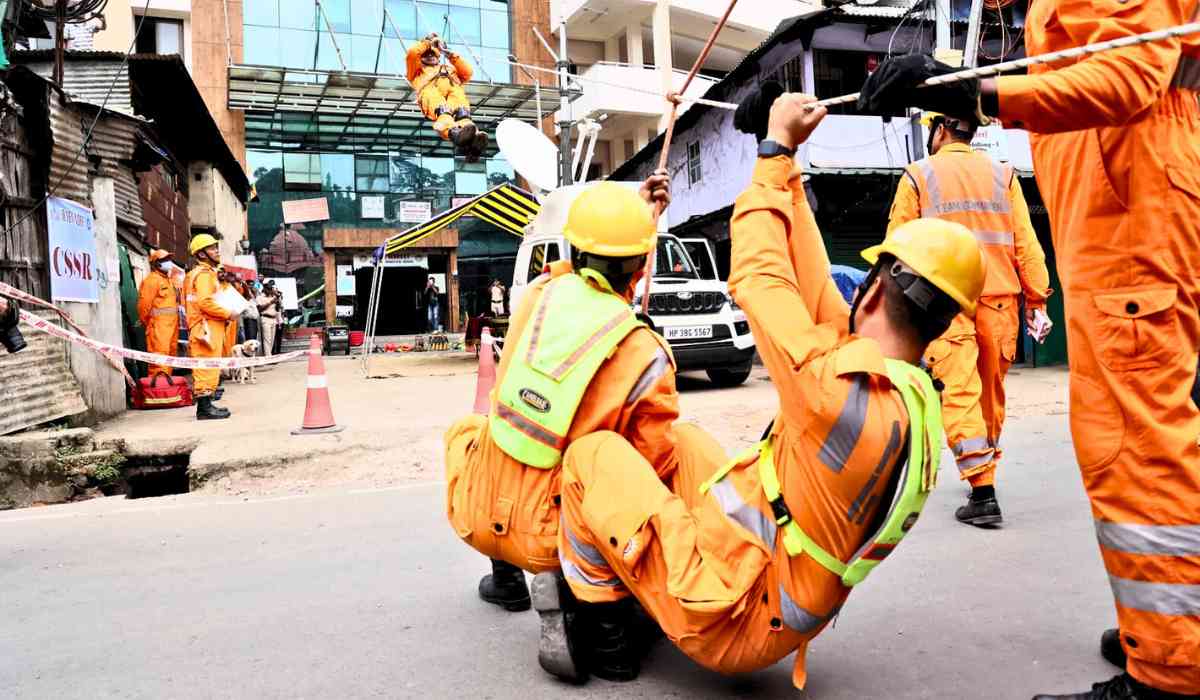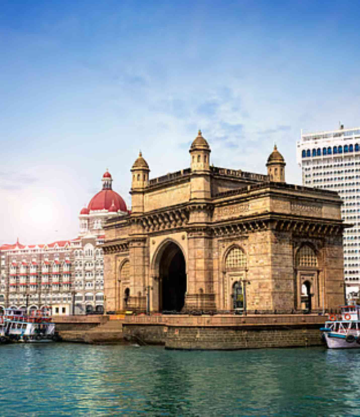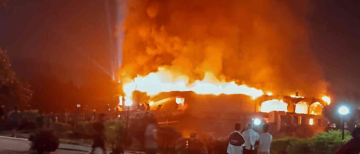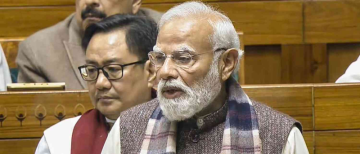India is set to conduct a large-scale mock drill on May 7, 2025, simulating a war-like emergency blackout exercise amid heightened tensions with Pakistan. This civil defence exercise, ordered by the Ministry of Home Affairs (MHA), aims to prepare citizens and authorities for managing power outages and other emergencies during a potential conflict scenario.
What is a Mock Drill and Why Now?
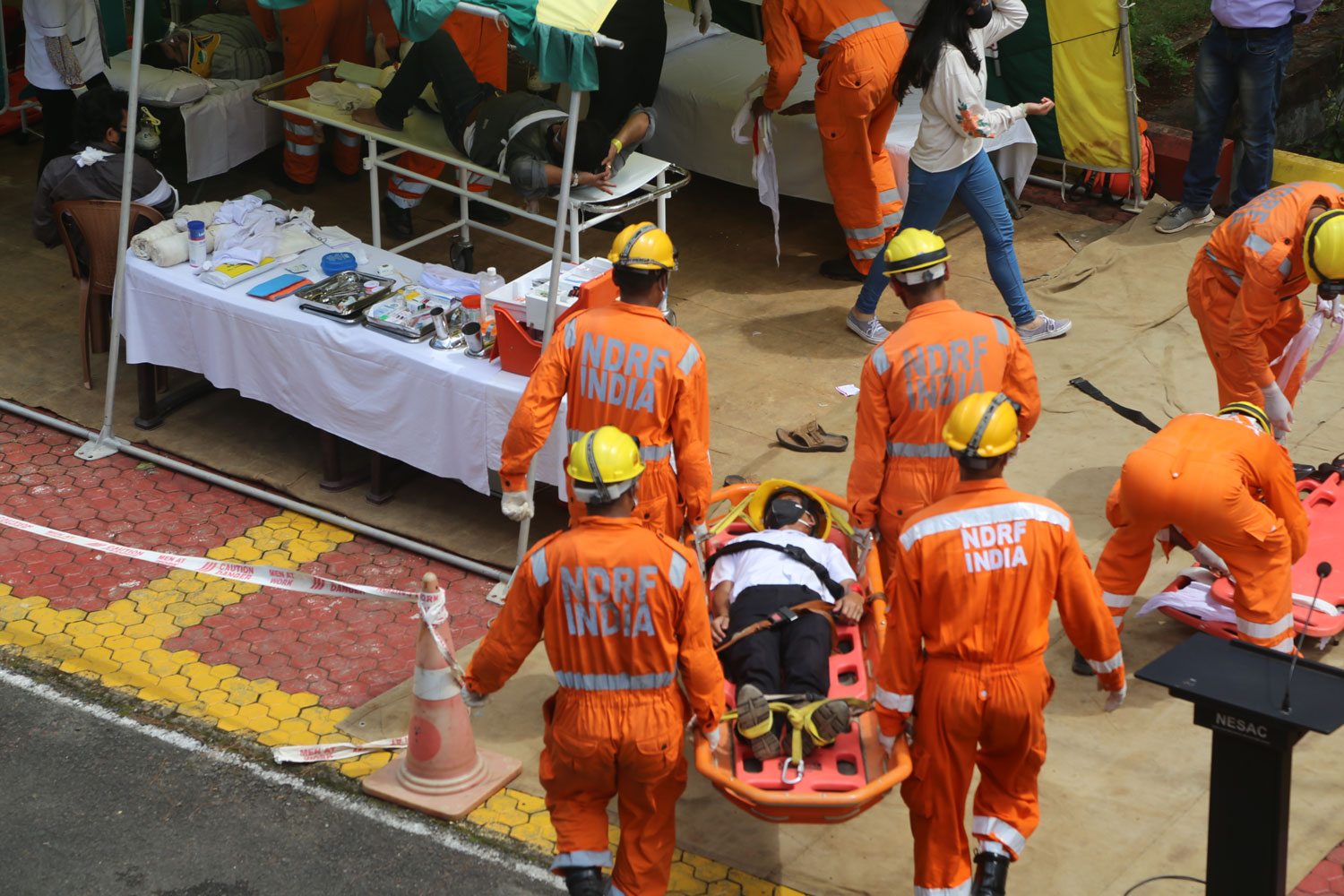
A mock drill is a practice exercise designed to simulate emergency situations, helping people and government agencies test their readiness and response capabilities. The upcoming drill will involve a simulated blackout, where electricity supply is intentionally cut off for a brief period to mimic the conditions of a war-like emergency. This allows emergency services, local authorities, and civilians to experience and prepare for disruptions that could occur during military conflicts or other crises.
The timing of this drill is significant. It comes in the wake of severe India-Pakistan tensions following a terrorist attack in Pahalgam, Jammu and Kashmir, on April 22, 2025, which killed 26 people. India has accused Pakistan-based militants of sponsoring the attack, leading to diplomatic and military escalations, including border skirmishes and suspension of key bilateral agreements.
What to Expect During the May 7 Drill

On May 7, several states across India will participate in the civil defence mock drill. Residents can expect:
-
A temporary blackout or power outage lasting for a short duration.
-
Activation of emergency protocols by local authorities.
-
Air raid siren tests, similar to the one recently conducted near Dal Lake in Srinagar, to alert people about the drill and simulate emergency warnings.
-
Public announcements and instructions on safety measures during blackouts.
-
Coordination exercises among police, fire services, medical teams, and disaster management authorities.
The drill is designed to be non-disruptive but realistic enough to test the preparedness of both the government machinery and the public. People are advised to stay calm, follow official instructions, and use the opportunity to learn about emergency safety practices.
The Bigger Picture: Why Such Drills Matter

India and Pakistan are two nuclear-armed neighbors with a long history of conflict, especially over the Kashmir region. The recent terrorist attack and subsequent border skirmishes have raised fears of a larger military confrontation. Experts warn that the situation is volatile and could escalate quickly, making preparedness crucial.
In this context, the mock drill serves several important purposes:
-
Public Awareness: It educates citizens about how to respond during power outages or wartime emergencies, reducing panic and chaos.
-
Testing Systems: It helps authorities identify weaknesses in emergency response systems, communication networks, and coordination among various agencies.
-
Deterrence: Demonstrating readiness can act as a signal to adversaries that India is prepared to handle emergencies effectively.
-
Building Resilience: Regular drills build a culture of resilience, ensuring that both government and civilians can maintain essential services and safety during crises.
Maintaining Neutrality Amid Tensions
While the drill is a precautionary measure, it is important to view it as part of routine civil defence preparedness rather than an immediate indication of war. Both India and Pakistan have complex political and military dynamics, and international calls for restraint and dialogue continue to be emphasized by the United Nations and other global actors.
The exercise reflects the reality that in times of heightened geopolitical tension, governments must prepare for all contingencies to protect their citizens. It is not a provocation but a practical step to ensure safety and readiness.
The May 7 mock drill in India is a vital civil defence exercise aimed at preparing the nation for possible war-like emergencies, especially in the current climate of India-Pakistan tensions. It will involve simulated blackouts and emergency response tests to enhance readiness across states. Citizens should participate calmly and use this opportunity to understand emergency protocols better. Such drills underline the importance of preparedness in a region where peace remains fragile, reminding everyone that safety and resilience are paramount regardless of political disputes.
With inputs from agencies
Image Source: Multiple agencies
© Copyright 2025. All Rights Reserved Powered by Vygr Media.

